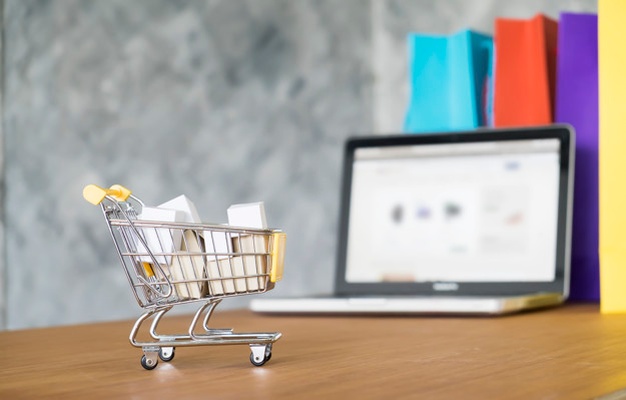
Online commerce sales are increasing in Spain due to the coronavirus. Basic rules for detecting fakes of products on the internetThe state of alarm decreed by the Government on March 14 has implied a considerable increase in the use of the data network, in our way of consuming and, therefore, of purchases through the Internet. According to the figures of the consultant Nielsen, the increase in online sales was already perceived during the first week of confinement, with a growth of 55%. This trend continued during the second week with 73.7% growth in global sales. The confinement measures have clearly led to the rise in electronic commerce in Spain. E-commerce faces an important barrier to continue its growth and it is consumer confidence when buying a product that can only be seen virtually. HOW TO RECOGNIZE FAKE PRODUCTS ONLINE (AND AVOID BUYING THEM) Counterfeits products exists since trademarks exist. Virtually everything can be counterfeited: from clothing to watches or mobile phones but also food products, body care or power tools. Therefore, it does not hurt to know some rules to detect counterfeit products. 5 BASIC RULES FOR DETECTING FAKES OF PRODUCTS ON THE INTERNET 1. Identify the seller It is important to enter the seller's profile and identify who he is, where he is and what ratings he has of the buyers. Fake sellers often have many products for sale, not just one. In many cases it helps to see what other products that same seller sells. The contact tab of the e-commerce must be perfectly visible and completed to be able to contact those responsible by various means. It does not hurt to verify contact details to ensure that it is a safe place to buy online. If the website raises doubts, write them asking for information about a product or enter the name of the store in Google. When someone has negative experiences, they usually put it on forums, social networks or reviews, so the opinion of others can guide a lot to know how to buy insurance online. You must be alert to any suspicious action and distrust, nobody will ask you for your bank details via email, these procedures always must be done on the web's payment platform. 2. Identify the product The most popular counterfeits have to do with branded clothing, sneakers, handbags and accessories, and electronic products. It is convenient, if the product is sold as new, try looking for it outside the website or application, look for photos of the original product and compare. There are almost always differences that are obvious to the naked eye. You can also search for the model reference number and see if it matches the original. 3. Be suspicious of bargains A product is worth what it is worth, and finding products at abnormally low prices (bargains) is a sure sign that we are dealing with a counterfeit original product. 4. If you have doubts, ask for that model to the manufacturer Almost all the big brands have a presence on social networks. When in doubt, show them the photo and ask them, they know exactly what to look for to detect product counterfeits. 5. Contact the seller and ask and ask for proof that what they are selling is original. Although product counterfeits also include boxes and labeling, they are almost never entirely faithful to the originals. Asking them to show you photos of the boxes, details of the labels, of the zippers in case of clothes or bags (they are almost always caught there) or to show you a copy of the purchase invoice, are ways to vaccinate against possible fraud. And most importantly: if you detect that you are cheated with a fake product, you must report it, both to the website where it is sold and to the security forces. Manufacturers and distributors of counterfeit products typically belong to organized crime networks.
|